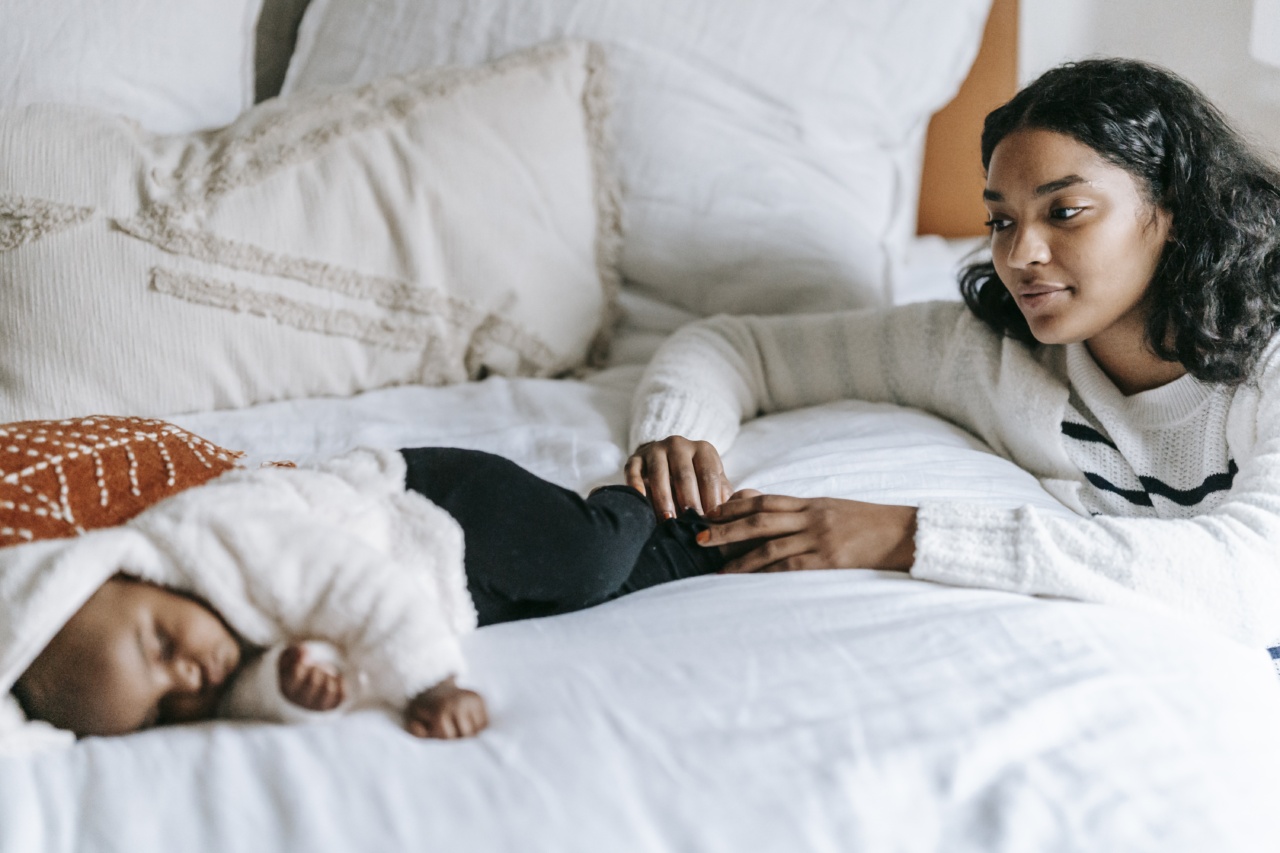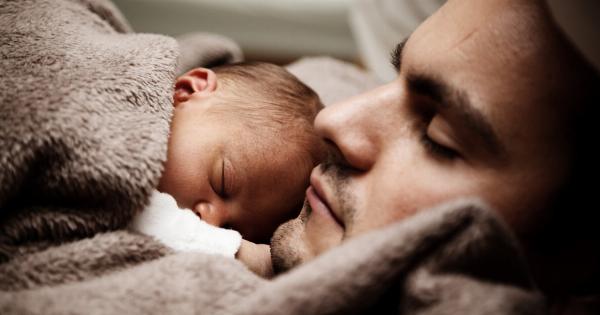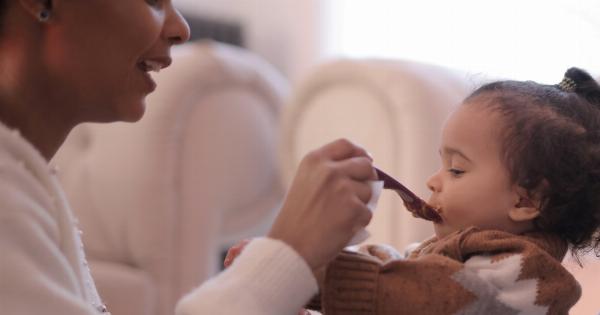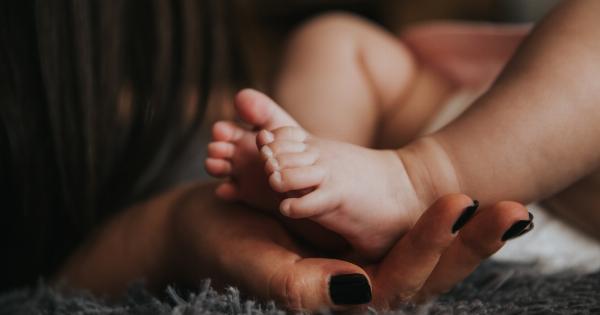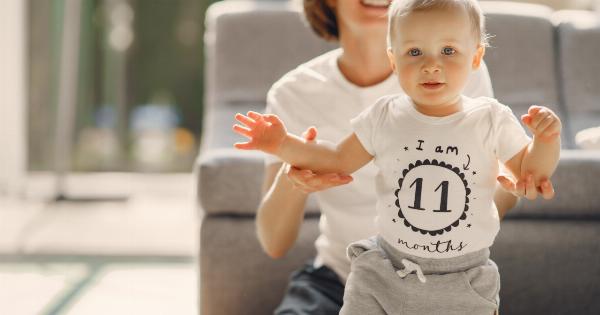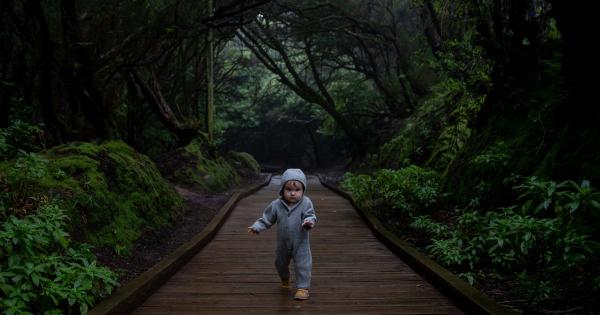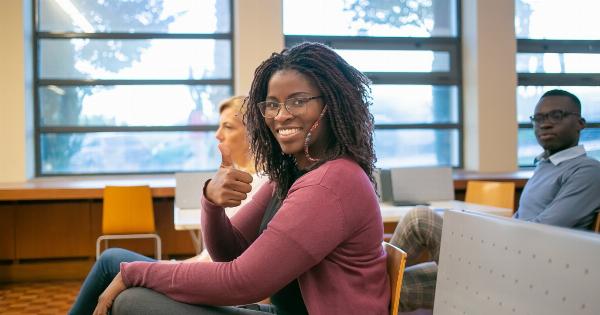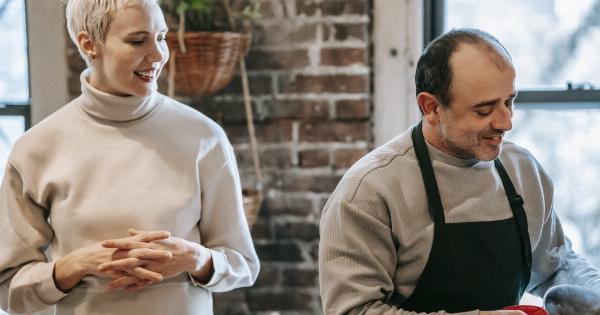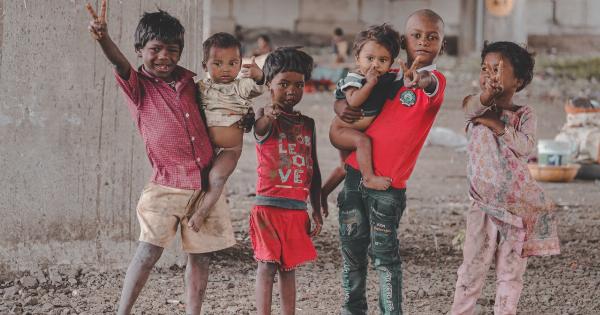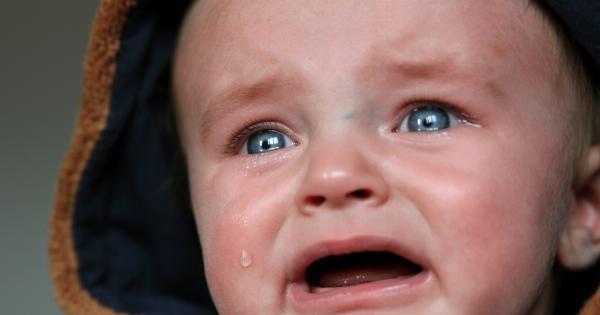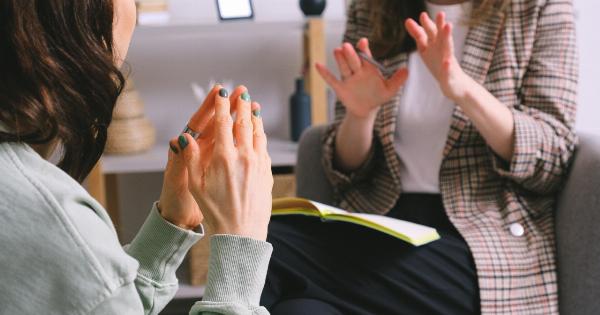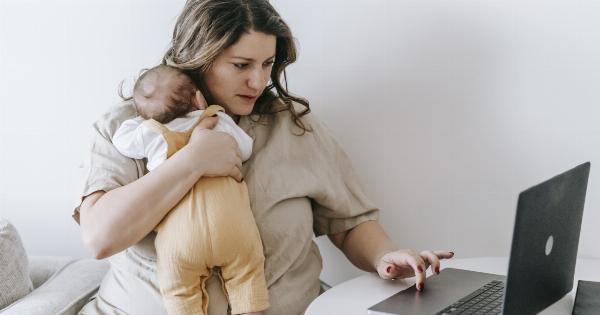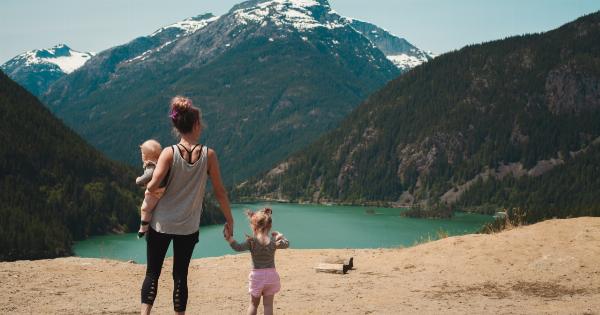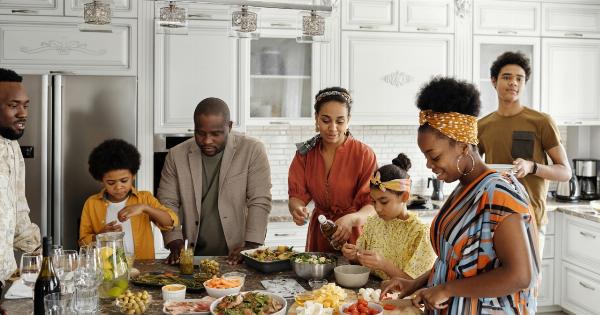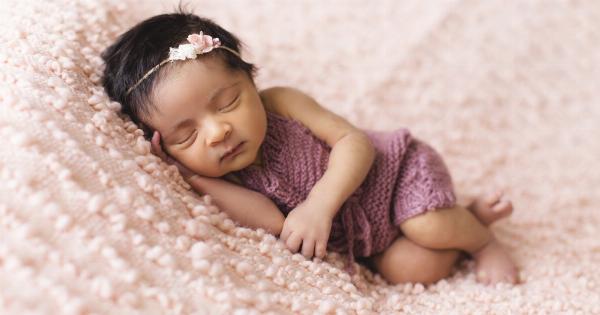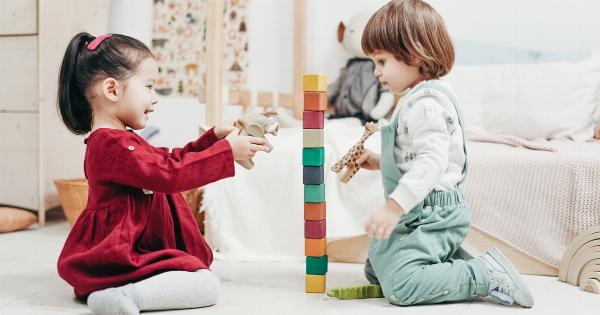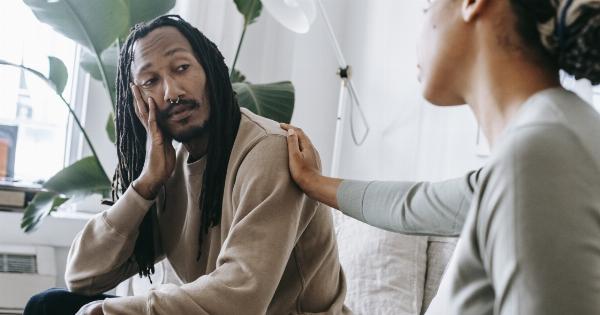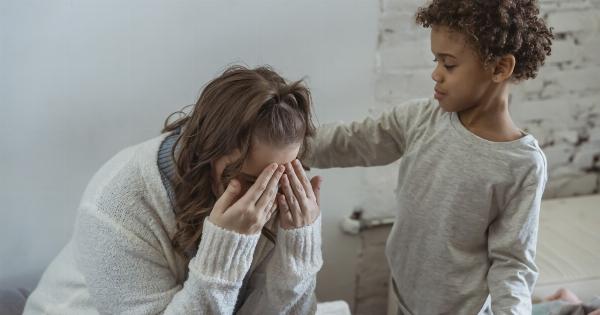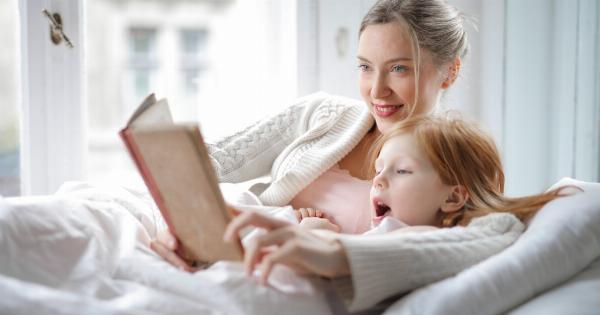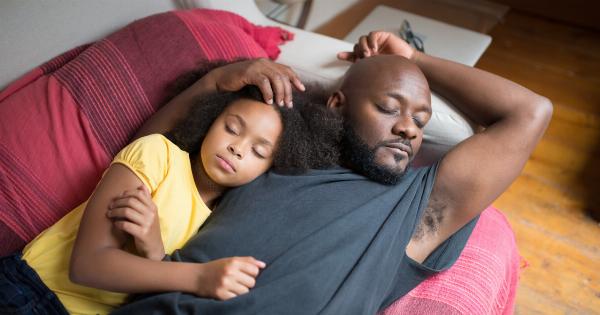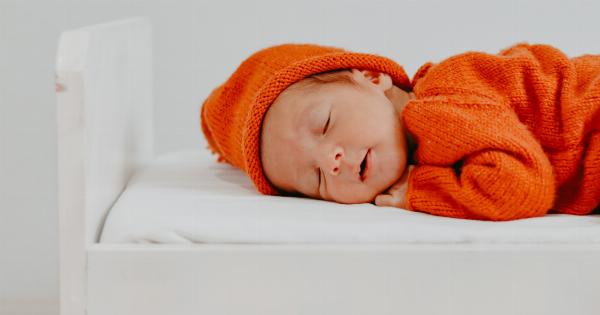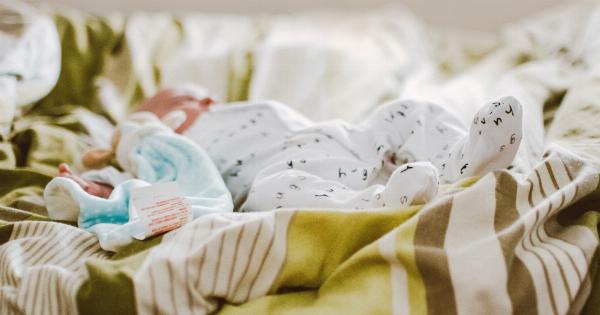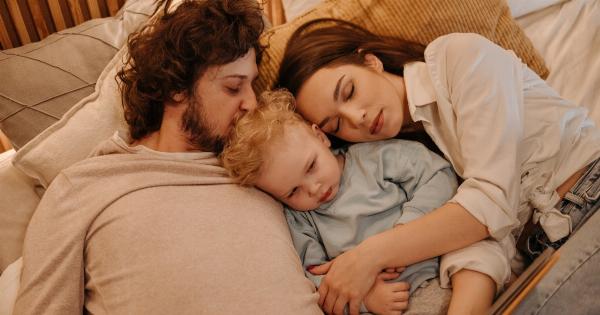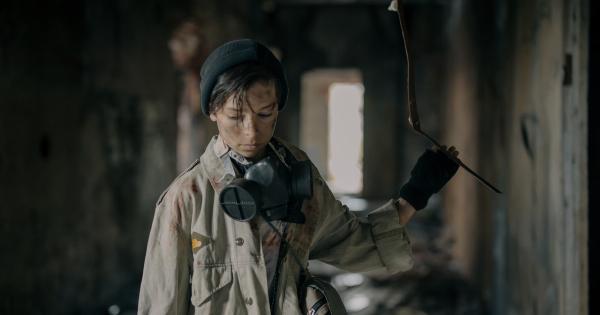When it comes to ensuring a good night’s sleep for our little ones, there are numerous factors to consider. One of the most debated topics among parents is whether or not to provide a pillow for their baby.
While pillows may seem like a comfortable and cozy addition to a baby’s crib, it is important to understand the potential risks and benefits before making a decision. In this article, we will explore the arguments for and against giving a baby a pillow to sleep on.
The Risks of Using a Pillow for Babies
1. Suffocation Hazard:.
One of the main reasons why pediatricians advise against using pillows for babies is the risk of suffocation. Babies have limited neck control and may not be able to move their heads away from or adjust a pillow if it obstructs their breathing.
This risk is particularly significant for newborns and younger infants, who are more vulnerable.
2. Increased Risk of SIDS:.
Sudden Infant Death Syndrome (SIDS) is a significant concern for parents, and research suggests that the use of pillows in a baby’s crib may increase the risk.
According to the American Academy of Pediatrics (AAP), keeping the baby’s sleep environment free of loose bedding, including pillows, reduces the risk of SIDS.
3. Overheating:.
Baby pillows can potentially contribute to overheating, especially if they are made of materials that trap body heat.
Overheating is a known risk factor for SIDS, and ensuring a cool and well-ventilated sleep environment is crucial for a baby’s safety and comfort.
4. Neck and Spine Alignment:.
Babies have developing neck muscles and spinal alignment. The introduction of a pillow too early may impact their natural posture and alignment. It is important for babies to sleep on a flat surface to allow their bodies to develop naturally.
The Benefits of Using a Pillow for Babies
1. Comfort:.
Some parents argue that a pillow can provide additional comfort for their baby, especially if the baby already shows a preference for resting their head on a specific soft surface.
A small, firm pillow or a pillow specifically designed for infants may provide a cozy and comfortable sleep surface.
2. Acid Reflux or GERD:.
In certain cases, babies may suffer from acid reflux or gastroesophageal reflux disease (GERD), leading to discomfort during sleep. Elevating the baby’s head with a pillow might help relieve symptoms and promote better sleep quality.
When Is It Safe to Introduce a Pillow?
The use of a pillow becomes safer as a baby grows older and reaches certain developmental milestones.
According to the AAP, pillows should not be introduced into a baby’s sleep environment until they are at least 1 year old to minimize the associated risks. It is important to remember that each baby develops at their own pace, and consulting with a pediatrician is crucial before making any changes to a baby’s sleep routine.
Tips for Creating a Safe Sleep Environment
1. Use a Firm Sleep Surface:.
Until it is safe to introduce a pillow, it is important for babies to sleep on a firm and flat surface, such as a crib mattress. This helps promote proper spinal alignment and reduces the risk of suffocation.
2. Remove Loose Bedding:.
A baby’s crib should be free of any loose bedding, including pillows, blankets, and stuffed animals. These can pose suffocation risks and should be kept away from the sleep area.
3. Dress Baby Appropriately:.
During sleep, ensuring that the baby is dressed in appropriate sleepwear for the room temperature is essential. Overdressing can contribute to overheating, while underdressing can make the baby uncomfortable.
4. Monitor Room Temperature:.
Keep the room at a comfortable temperature between 68 and 72°F (20-22°C). This helps create an ideal sleep environment and reduces the risk of overheating.
5. Follow Safe Sleep Guidelines:.
Always adhere to safe sleep guidelines recommended by trusted organizations, such as the AAP. These guidelines are designed to reduce the risk of SIDS and promote safe sleep practices for infants.
Conclusion
Considering the potential risks associated with using pillows for babies, it is best to avoid introducing pillows into a baby’s sleep environment until they reach at least 1 year of age.
Providing a safe sleep environment that promotes proper spinal alignment, reduces the risk of suffocation, and prevents overheating should be the top priority for parents. Consulting with a pediatrician can help address specific concerns and ensure that babies enjoy a restful and safe sleep.
